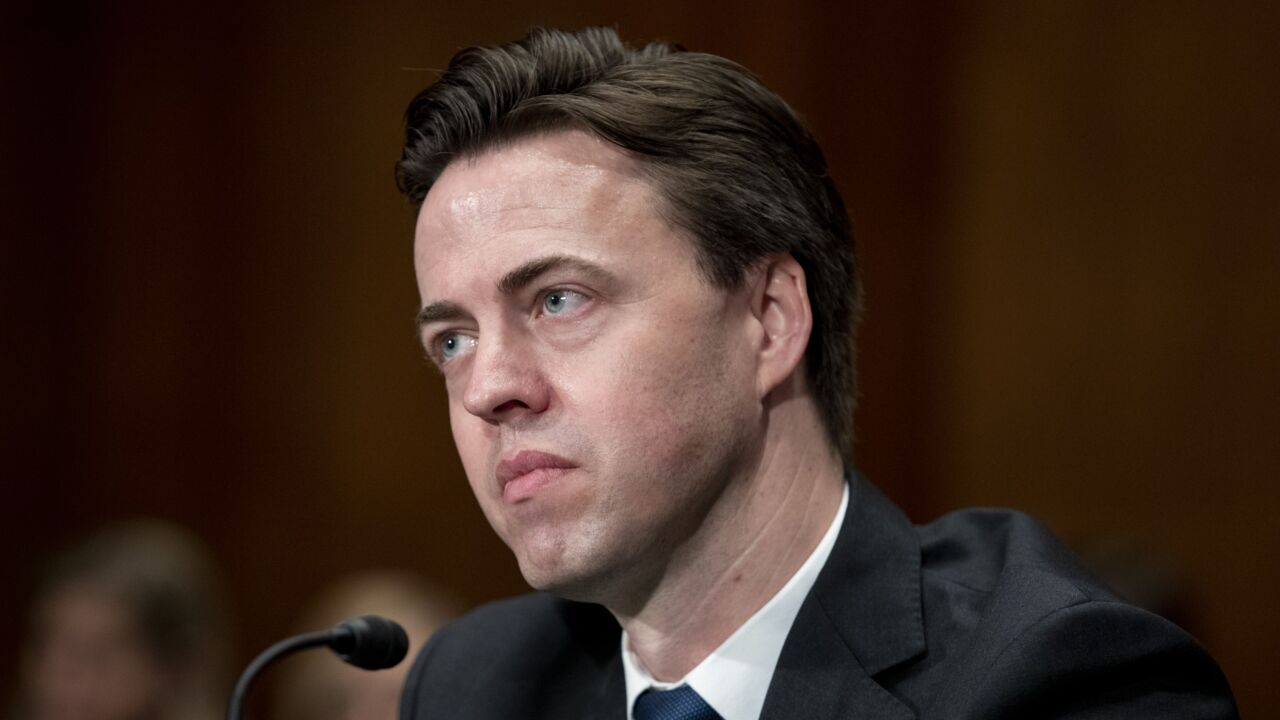
Emergency borrowing from the Federal Reserve plunged last week, partly reflecting the seizure of First Republic Bank, which accounted for a large share of outstanding loans.
The U.S. central bank had $81.1 billion of loans outstanding to financial institutions through two backstop lending facilities in the week through May 3, compared with $155.2 billion the previous week, according to data published Thursday. That's the smallest amount since the banking-sector turmoil started in March.
Several regional banks saw their stock prices plummet this week amid reports they may be exploring sale options. Concerns about contagion among midsize lenders rose following the collapse and subsequent sale of First Republic Bank on Monday.
The weekly Fed balance-sheet data showed $5.3 billion of outstanding borrowing from the central bank's traditional backstop lending program, known as the discount window, compared with $73.9 billion the previous week and the record $152.9 billion reached last month. Demand in the new Bank Term Funding Program also fell, reaching $75.8 billion compared with $81.3 billion the previous week.
The Fed said outstanding lending to First Republic Bank at the discount window and BTFP were reclassified under the "other credit extensions" category of its weekly statement on reserve balances, which surged to $228.2 billion from $170.4 billion in the prior week.
First Republic's outstanding borrowing from the Fed totaled $93.2 billion as of April 28, California regulators said when they seized the bank. First Republic disclosed $13.8 billion in borrowings from the BTFP, the most among peers, according to S&P Global.
The Fed raised its benchmark interest rate by a quarter percentage point Wednesday, bringing it to a range of 5% to 5.25%, and opened the door to a potential pause in tightening after this. Policymakers have expressed concern about the impact of bank turmoil on lending activity and the broader economy.
The discount window is the Fed's oldest liquidity backstop for banks. The BTFP, meanwhile, was launched March 12 after the Fed declared emergency conditions following the collapse of California's Silicon Valley Bank and New York's Signature Bank.






